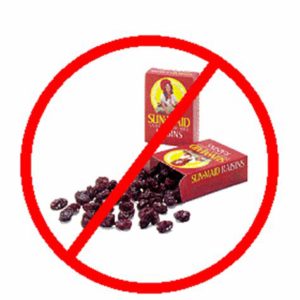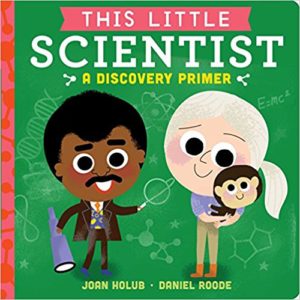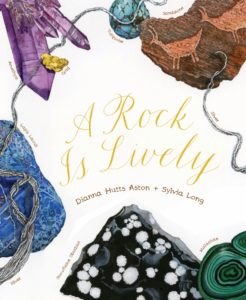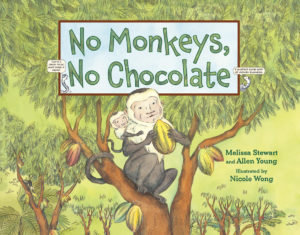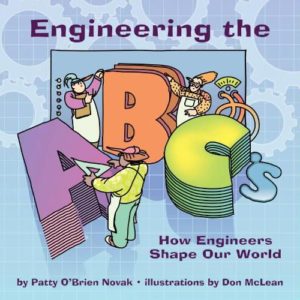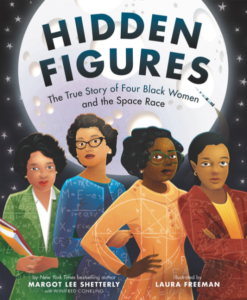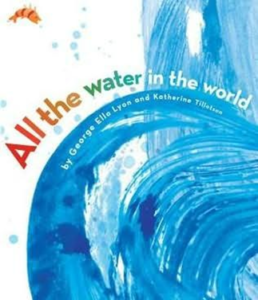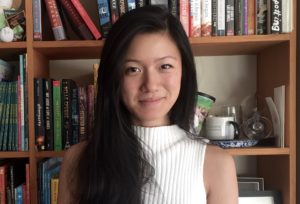 This month’s Industry Insider interview is with Wendi Gu of Janklow & Nesbit.
This month’s Industry Insider interview is with Wendi Gu of Janklow & Nesbit.
Wendi grew up in the sleepy suburbs of Chicago and studied Creative Writing at Northwestern University. Soon after, she found herself working at Sanford J. Greenburger Associates before moving on to Janklow & Nesbit in 2018.
But that’s the standard stuff. At OPB, we plunge deeper. Here’s where we really start to get know what Wendi’s all about.
Five Fun Facts:
- Believes smoked gouda is good on ANY cracker.
- Used to be picked last in gym class, but thanks to weekend yoga, she can match Dwayne Johnson/The Rock push-up for push-up.
- Has watched Beyonce’s Lemonade more than any other film in her adult life.
- Desires clients who are “unafraid of poop jokes.”
- Admits that while beagles are her favorite, “all dogs have good souls.”
Armed with that kind of in-depth 411, we’re practically coffee-shop pals with Wendi. So let’s move on to see what our new buddy says about the world of picture books. from a literary agent’s perspective.
Onward!
Agency Website: www.janklowandnesbit.
Twitter: @wendilulugu
Manuscript Wish List: www.manuscriptwishlist.
RVC: Before we really get cooking along, I’ve got to ask–you have a degree in creative writing from Northwestern University. But you also earned a degree in anthropology. How’d that come about? (Especially because you were interning as an undergraduate with children’s book agent Brenda Bowen at Sanford J. Greenburger Associates! Was being Indiana Jones Gu your backup plan to the kidlit business?)
WG: Great question. I loved the reading list in the creative writing program, but I loved reading ethnographies too, which often got into the nitty gritty of cultural exchange. Really nerdy stuff.
RVC: So let’s talk about the world of agenting. What are a few unexpected things that people might not realize is actually part of what it takes to be an effective agent?
WG: Authors need thick skin, but boy do agents need it too. We get rejected all the time by prospective clients and editors.
RVC: Why is agenting the right fit for you versus, say, being an editor?
WG: I like being the midwife. I think editors are geniuses because they’re the real finishers. But I’d rather spot the potential for something.
RVC: Pet peeves regarding prospective clients?
WG: Spell my name right!
RVC: Amen to that! If I earned a quarter for each time a letter/email/note came to me but was addressed to “Dr. Cleave,” “V. Cleave,” or some variation of Cleeve/Cleve/Clave, I’d be in retirement mode already.
But let’s get back to you. It seems like you’re quite the fan of Twitter (love the bio: “Taller than your dad. Pure lit agent.”). Is following you there the best way for prospective clients to find out if you and they are a good match?
WG: Finding interviews like this one is a good start. Otherwise, read the books I represent! 🙂
RVC: If you could wave your magic literary wand and suddenly have your existing clients deliver knockout picture books about X, Y, and Z, what would those subjects/ideas be? (What are you looking/wishing/dreaming for in terms of submissions?)
WG: You know, agents get asked this question all the time, but when we fall in love with a project it’s usually a book that we didn’t even know we were waiting for. But I love voice-driven stories, books so honest that it’s clear only that very author could’ve written that story.
RVC: What are some of the most exciting trends that you’re seeing in the picture book realm?
WG: I’m seeing a lot of great picture book biographies out there. It’s such a great way to share little-known pieces of history, brought to you by little-known heroes.
RVC: What trends would you like to see in the foreseeable future?
WG: It’s expensive…and this isn’t really a trend, but I love die cuts. I just wish they weren’t cost-prohibitive for the publisher.
RVC: Got any terrifically exciting picture book projects in the works that you’d like to gush about?
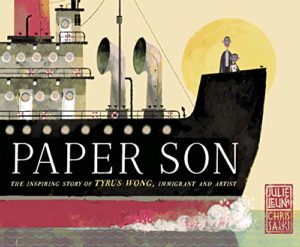 WG: Oh yes. Paper Son: The Inspiring Story of Tyrus Wong, Immigrant and Artist by Julie Leung, illustrated by Chris Sasaki, presenting the life and times of animator Wong, the Chinese-American immigrant behind Disney’s Bambi. Publishing this fall!
WG: Oh yes. Paper Son: The Inspiring Story of Tyrus Wong, Immigrant and Artist by Julie Leung, illustrated by Chris Sasaki, presenting the life and times of animator Wong, the Chinese-American immigrant behind Disney’s Bambi. Publishing this fall!
RVC: One final question for this part of the interview–your name is spelled differently than most might expect (and perhaps differently than far too many queries sent your way have it!).
WG: My name is Chinese. Wen means “culture” and Di means “enlightenment.” My parents named me that because they knew I’d grow up between two cultures.
RVC: The name Ryan means “little king.” So clearly both of our parents were on the ball when it came to naming, right? 🙂
So I’ve been waiting for it. You’ve been waiting for it. OPB friends and fans have been waiting for it … THE LIGHTNING ROUND! Zaptastically quick answers and shockingly good answers, please! Ready?
WG: Ready!
RVC: Since we’re both Chicago-ites … the best slice of REAL Chicago pizza can be found at ________
WG: Uno’s? Uno’s!
RVC: “My guilty pleasure podcasts are ________”
WG: Call Your Girlfriend, Still Processing, and Keeping a Notebook with Nina LaCour (a client rec!). However I wouldn’t characterize these as guilty pleasures. I just love them deeply.
I did BRIEFLY listen to a podcast about Megan Markle/Prince Harry’s royal wedding, but ultimately it didn’t stick. The pictures were better.
RVC: Favorite karoake song?
WG: “Torn” by Natalie Imbruglia. The world doesn’t even know how much they miss that song.
RVC: I know you’re a fan of the underdog character in stories. Favorite one from a picture book?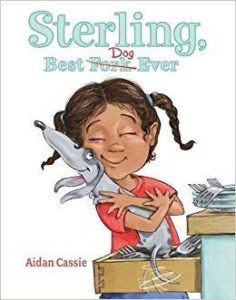
WG: Sterling the dachshund, who just wants a family to love him, from Sterling, Best Dog Ever by Aidan Cassie.
RVC: Best picture book from 2018 that your agency didn’t rep?
WG: I loved the wordless picture book I Walk with Vanessa by Kerascoët.
RVC: Three words that get to the heart of who you are–and what you’re all about–as an agent?
WG: Affirmative, heart-forward, hardworking.
RVC: Thanks so much, Wendi!


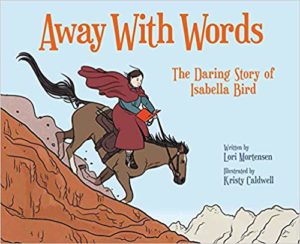

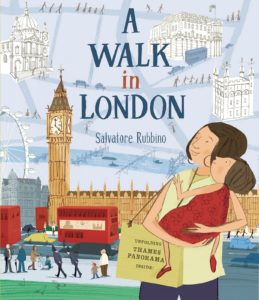
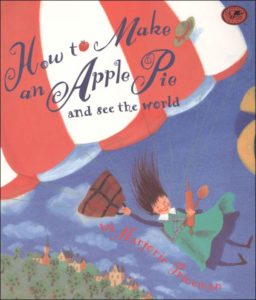
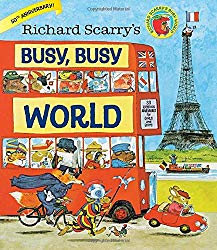
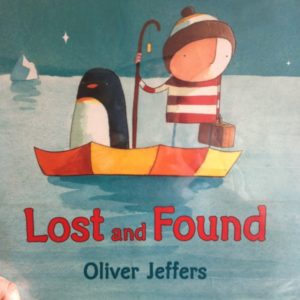
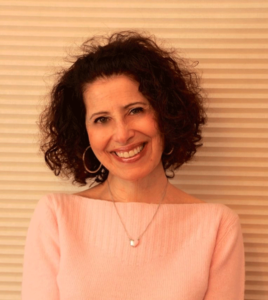 The February 2019 author interview at
The February 2019 author interview at 

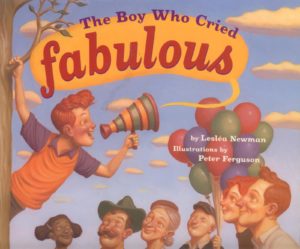
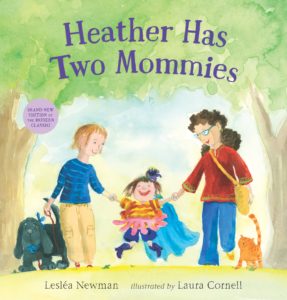
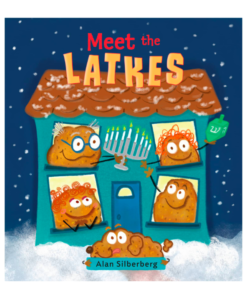
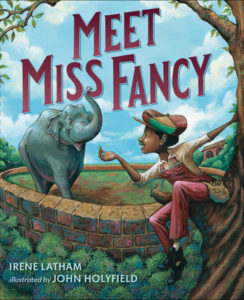
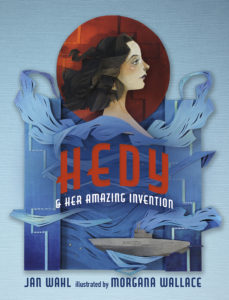

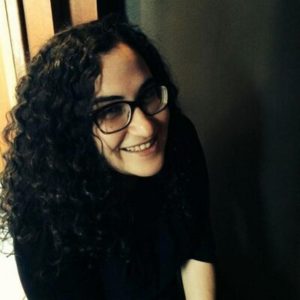 The first Industry Insider interview of 2019 is with Emily Feinberg, who got on my radar because her name kept appearing in the Dealmakers section of
The first Industry Insider interview of 2019 is with Emily Feinberg, who got on my radar because her name kept appearing in the Dealmakers section of 